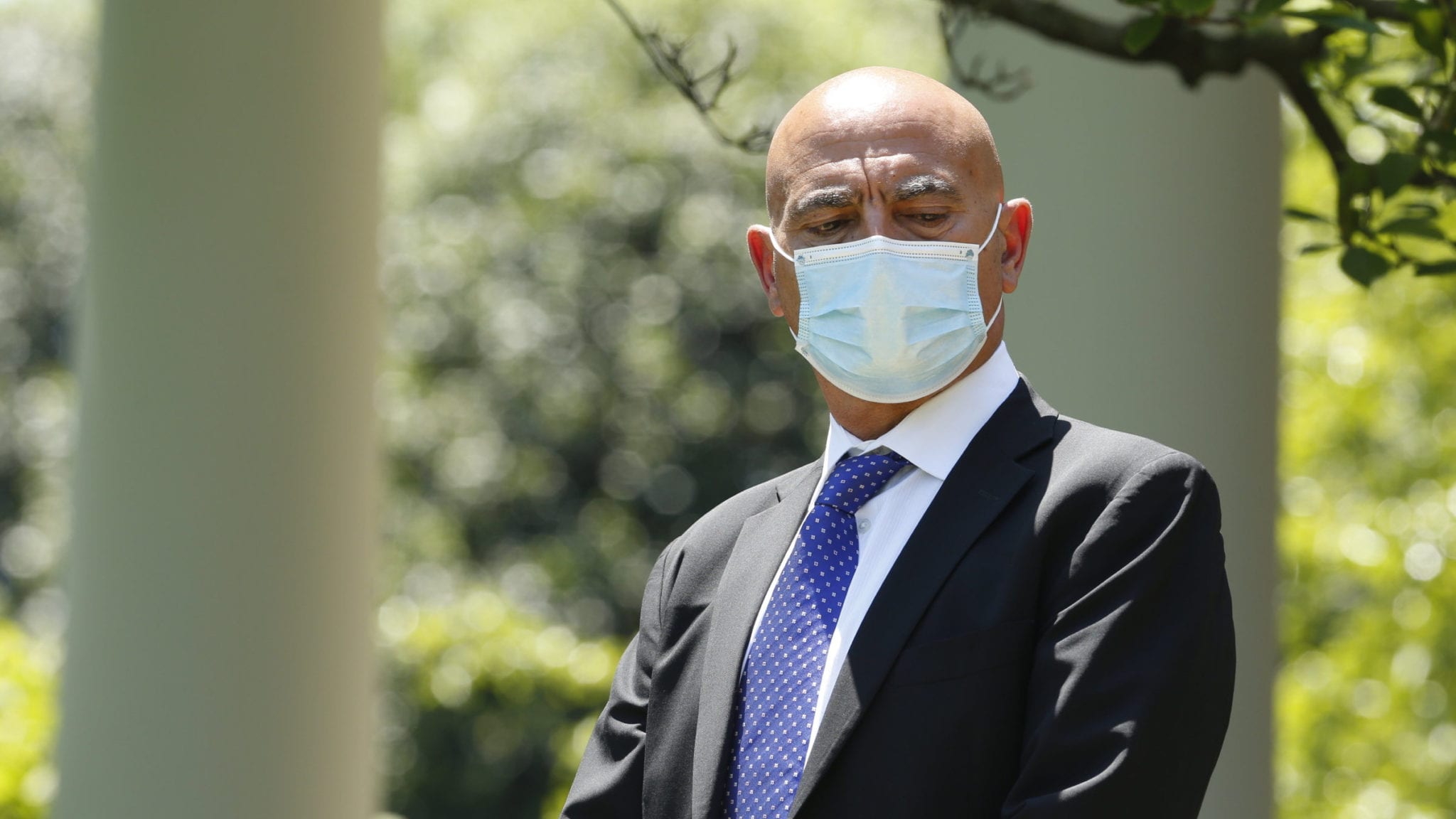
Moncef Slaoui, Getty Images
When will it end? Big Pharma's top vaccine expert at OWS offers a speedy timeline for a Covid-19 vaccine — either before or right after the election
Moncef Slaoui hasn’t started making plans for his summer vacation next year. But he offers high odds that all Americans will be able to do …
Sign up to read this article for free.
Get free access to a limited number of articles, plus choose newsletters to get straight to your inbox.